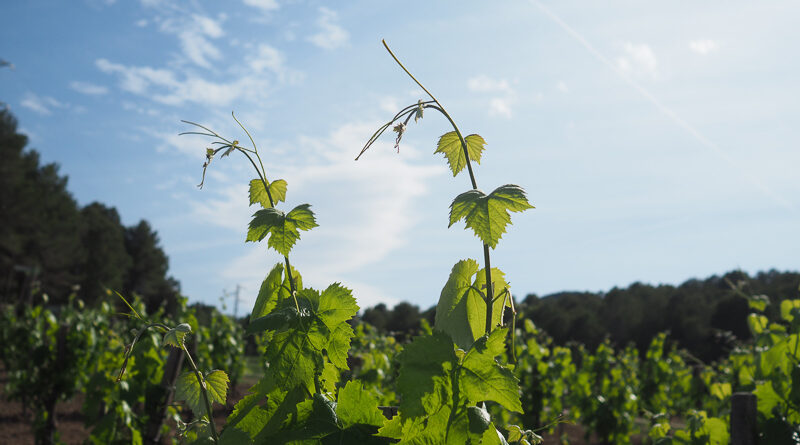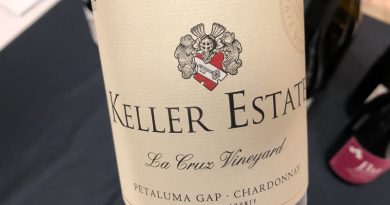Paying more for quality, and the crisis of affordability in wine
It costs money to make wine. Quite a bit of it, if it’s done well. The chief problem is this: you only get one harvest a year, and so you need a big winery with shiny, expensive kit in it, more of which only gets used for a few weeks a year. Beer brewers have it easy: you can make beer 20 or more times a year using the same equipment, so your footprint is much lower. In addition, for many styles of wine, you don’t get it out of the door by the time the next harvest is taking place, so you need storage space. And another issue is this: wine quality is highly dependent on grape quality, and only a few places produce grapes with the potential to become top quality wines. They are expensive pieces of land. And farming well takes up a lot of expensive labour. As a result, wine tends to cost quite a lot.
You can buy cheap wine, of course. In many traditional wine-producing countries the cost of the land isn’t on the balance sheet. [I’d argue that the lost opportunity cost of sitting on real estate worth quite a bit should be included if we are to talk about true financial sustainability.] And in some places labour isn’t too expensive, and now it’s possible to mechanize some stages of farming. Farming unustainably is a lot cheaper than farming in a truly sustainable manner (although we could discuss whether, in the long-term, regenerative farming might prove to be cheaper because of reduced inputs and benefitting from ecosystem services). But most cheap wine isn’t interesting.
So if we are interested in wine we tend to pay a bit more for it. This is where the problem is in the wine world at the moment, though: there’s a crisis of affordability of interesting wine, which has suddenly got a lot more expensive.
And I think that the growing unaffordability of interesting wine is partly behind the current crisis in the wine sales.
Of course, there are the smart people on Linked In who like to point out that there is still a lot of inexpensive wine in the supermarkets, so how can we say that affordability is driving the problems that many wine producers are now facing?
This sort of thinking misses the point because it conflates wine segments that have little to do with each other. When I first started becoming interested in wine, the jump from supermarket wine at £5 a bottle to interesting wine that had the potential to win the hearts of younger drinkers, and convince them that wine was interesting, wasn’t so large. £11.99 would buy you a bottle of Penfolds Bin 389, £13.49 would get you a Brokenwood Graveyard Hermitage, and there were a whole slew of interesting French wines for around the same sorts of prices. £10 would get something interesting and tasty, £20 something remarkable. A few years later I remember splurging £25 a bottle for Jamet Côte Rôtie, and £32 for a 1982 Léoville Barton. Grange was £35 but I never bought it. I wish I still had some price lists from around then.
Early wine region visits were the Barossa in 1996, California (Sonoma and Santa Barbara) in 1997, and the Languedoc, Rhône and Champagne in 1998, all from a consumer point of view. No wineries charged a tasting fee.
And then through the noughties, as more and more interesting wines cropped up from cool places and new regions, it was exciting to go exploring. It was affordable, and it was accessible.
But over recent years, prices have shot up. Not by a little, but by a lot. Commodity wine still costs more or less the same, but interesting wine is a lot more expensive, and the middle ground has vanished.
If you are 20-something and a casual drinker, it’s now much less likely that you’ll stumble on interesting wine, and this is a real shame. And if you do, it will be a special treat wine, not an everyday staple. Thank goodness for natural/low-intervention wine bars offering interesting wines at low mark-ups (usually drink-in supplements of £12-15) which have brought good wine into the reach of those who have normal salaries and are paying a lot more for accommodation now than was the norm 25 years ago. Restaurants have stubbornly stuck to GP margins, even though the rise in price of wine means that they are making more cash per bottle. But then rather than embrace cash margins and selling more bottles, they are selling ever fewer bottles and wondering why, making less money than they otherwise might.
It’s one of the problems with wine at the moment. Lots of wine at the commodity level, which largely fails to excite people. But then the ladder that used to be there, which many climbed, finding more interesting wines that turned them onto the category, has had the first fifteen rungs removed. And much of the wine trade still thinks jazzy labels, zero alcohol processed wines, alternative packaging and adding sugar is going to change the decline in sales. Rather than offering people something they can afford that’s actually interesting to drink.




